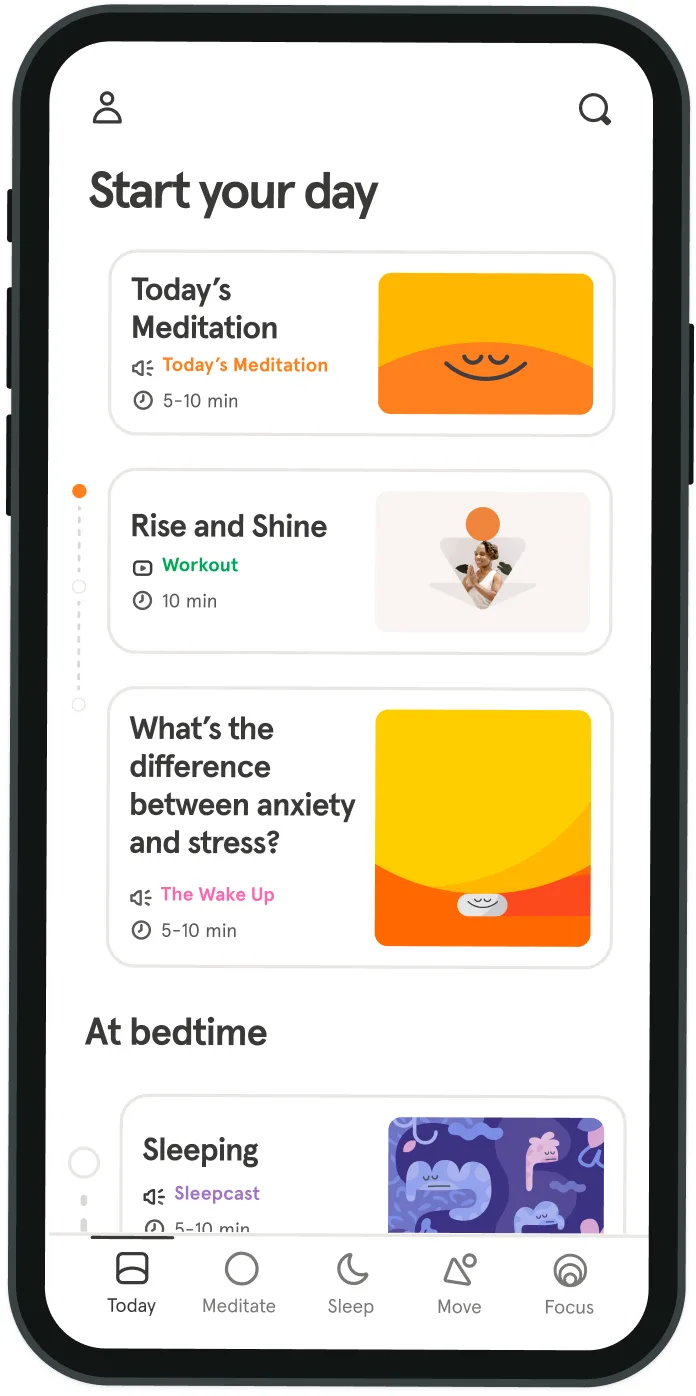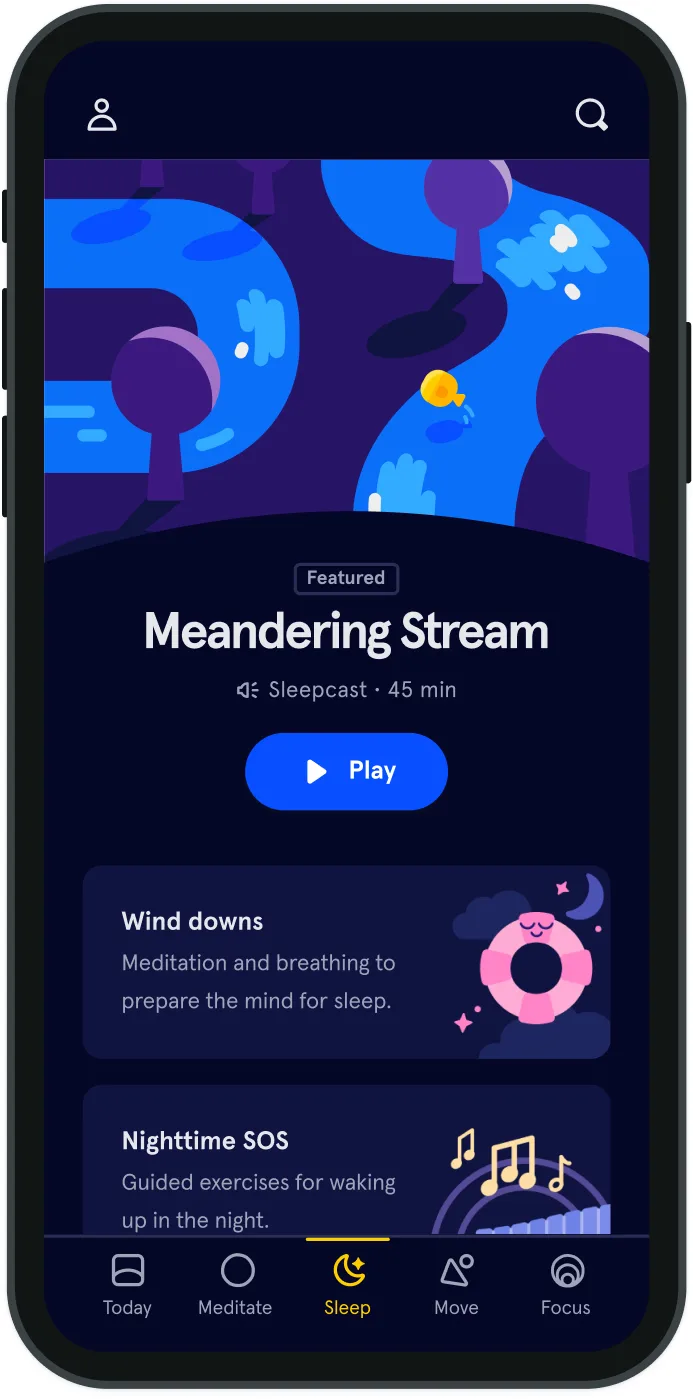How to write your way through a rough patch
The Monday after Carol died I got up at 6 a.m. to journal. Writing three pages a morning, as encouraged by Julia Cameron in her popular book “The Artist’s Way”, has become part of my morning routine. I was hoping the morning pages practice would trigger some creative confidence.
But on that cool autumn morning, an hour before sunrise, just days after the death of a lifelong friend, I felt lonely. Empty of ideas and energy, steeped in grief. So I wrote about that. And I felt better. When I closed my journal about a half hour later, I’d shaken some of the sadness, gained a little peace. My heart still hurt, but I felt a little more capable, a little stronger, and lighter the way I do sometimes after a good cry. The process of putting emotionally significant experiences on the page, for at least 15 minutes a day, four days a week can do that for a person, according to psychologist James Pennebaker, at the University of Texas, Austin, who has studied the link between language and well-being for decades. The practice can ease stress and anxiety, depression and despair. It can also improve immune function, lower blood pressure rates, and improve relationships, according to research.
When we write about our biggest traumas, most intense life events, or even just a major stress or conflict, we gain some emotional distance from the events of our lives so we can see it with greater perspective and clarity. Writing about my grief didn’t resolve or suppress it. It simply put it in context, reminding me that death and loss are a part of life—a searing, painful part—but an aspect of being human, and one that I would get through. Rather than being focused on all that I’d lost, the writing helped me recall all that I had gained from my friendship with Carol. My loneliness that day was replaced with bittersweet gratitude. Writing about our feelings regarding a particular event or incident can help us restructure the event in a way that helps us cope with it more positively. And confronting and expressing our emotions can ease the anxiety and physical stress that comes from rumination and obsessive worrying. Unlike journaling about the events of your day, expressive writing calls on you to face up to some big-time emotions and then write about those. If you are writing about a recent trauma or challenge you may choose to wait a month or two, so the emotions can settle a bit. But by following some loose guidelines expressive writing can serve as kind of an emotional balm to help us navigate our deepest feelings. If you are ready to give it a try, here are some guidelines to help you develop your own practice: 1. Write for twenty minutes, four times a week. Whether you write by hand, pen to paper, or on a keyboard, stake out the time and keep your hand moving. 2. Write at the same time every day. This primes your brain to go deep into the emotions and topic you are exploring. It may take a little to get through the protective filters that allow us to deny and avoid the biggest and scariest emotions. But once you get going, expressive writing becomes easier and more impactful.
3. Get comfortable. Some like to put on gentle music while writing. Not me. I like to work in silence with pen and paper in a low-lit room. It feels cave-ish and comfortable. Choose a space that feels safe and nurturing, and begin the emotional exploration. 4. Be specific. Stay away from ambiguous words like “nice” and “mad”. Use words and images that describe the depth of your experience, thoughts, and feelings. 5. Don’t worry about the writing rules. No need to show anyone the landscape of your mind, so let go of your English teacher’s words and forget about structure and grammar. Just blurt out your deepest, darkest thoughts on the page. 6. Write about a deeply personal topic or incident. Sometimes people work with a prompt like the one Pennebaker uses with some of his study participants: “Explore your deepest emotions about the most traumatic event in your life.” But even writing about a major stressor, conflict, or upset—like I did with my friend’s death—can help. At the end of your 20-minute emotional excavation, sit still and quiet for a moment. Reflect on what you wrote. Know that you may feel soft, vulnerable and even sad after a writing session. But, a couple of hours after the exhale of strong emotion, it’s likely you’ll feel a calm sense of well-being that lingers throughout the day.



Be kind to your mind
- Access the full library of 500+ meditations on everything from stress, to resilience, to compassion
- Put your mind to bed with sleep sounds, music, and wind-down exercises
- Make mindfulness a part of your daily routine with tension-releasing workouts, relaxing yoga, Focus music playlists, and more
Meditation and mindfulness for any mind, any mood, any goal
- © 2024 Headspace Inc.
- Terms & conditions
- Privacy policy
- Consumer Health Data
- Your privacy choices
- CA Privacy Notice
